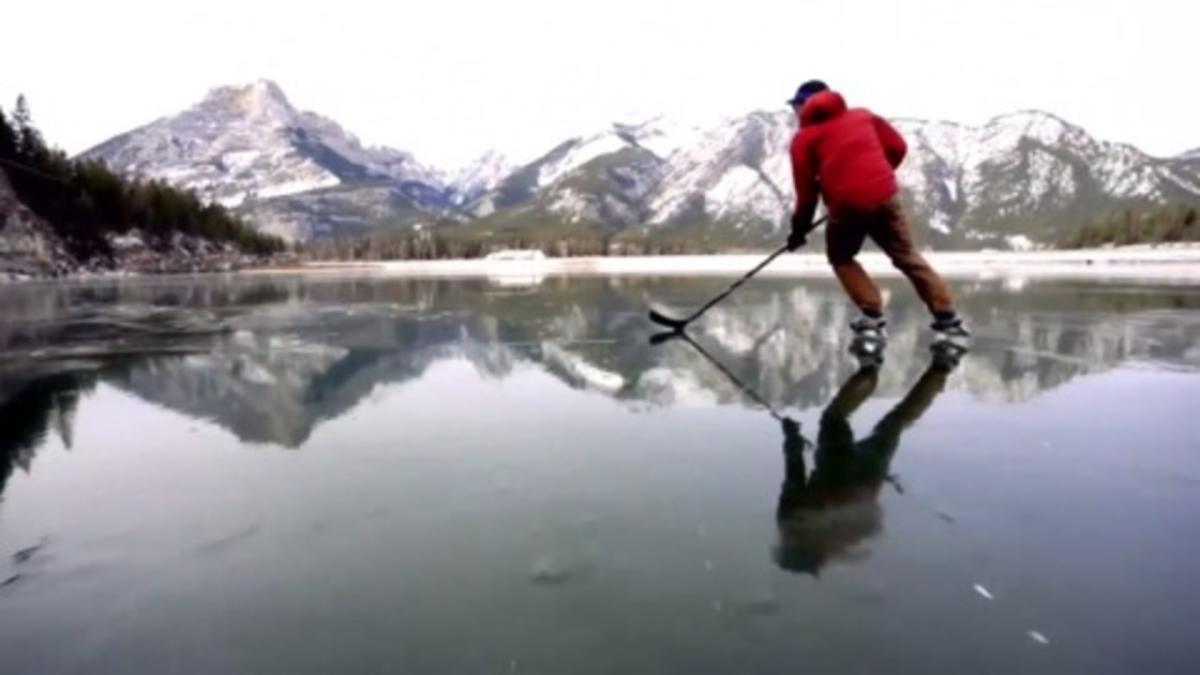Is It Safe to Walk or Skate on Ice? Here’s What You Need to Know
Understanding ice thickness is crucial for safety during winter activities
Ice Safety, Winter Activities, Canada, Skating, Ice Thickness
City: Canada: Every winter, we hear stories about folks falling through thin ice. It’s a real concern, so how do we know if the ice is safe to walk or skate on?
When it gets really cold, lakes and ponds freeze up quickly. The longer it stays below freezing, the thicker the ice gets.
According to the Canadian Red Cross, ice needs to be at least 15 centimeters thick for one person to walk on it. If you’re with a group, aim for 20 cm, and for snowmobiling, it should be at least 25 cm thick.
But remember, these measurements are for the strongest ice. So, how can we be sure it’s safe?
One way is to cut or drill into the ice to measure its thickness directly. But that means stepping onto the ice, which can be risky if it’s not thick enough.
We could also do some complicated math to figure out how fast the ice is freezing, but that’s a bit much for most of us. It varies a lot based on the water’s depth, currents, and even what’s in the water.
Luckily, there’s an easier way to estimate ice thickness without stepping out onto it. Just check the color of the ice!
The safest ice is blue or black. This type forms when the surface freezes directly in cold weather, making it dense and strong. For blue ice, remember: 15 cm is safe for walking, 20 cm for groups, and 25 cm for snowmobiles.
If the ice looks white, it might seem safe, but it can be tricky. White ice forms when wet snow freezes on top of blue ice. The air trapped in the snow can weaken the ice, so it’s not always safe.
Be careful with white ice, especially if the weather has been fluctuating or if there’s moving water underneath. Fresh snow can hide thin spots, too.
White ice can be okay if the blue ice below is thick enough, but if you can’t check that, it’s best to stay off.
Now, if the ice looks grey, that’s a big red flag. Grey ice usually means it’s melting or weak. The grey color often shows the water underneath, so if you see grey, just don’t go out on it!
So, remember: if it’s grey, stay away!
